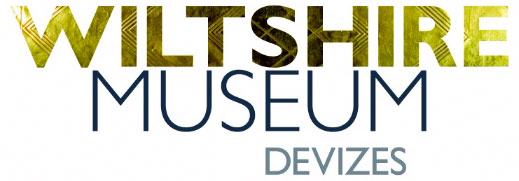blade



Description
Summary: 1 bronze knife dagger with a rounded ridge, found with a secondary cremation in bowl barrow Upton Lovell G2e, excavated by William Cunnington
Research results
A Bronze Age copper alloy knife associated with a probable secondary cremation buried under the 'Golden Barrow' (Upton Lovell G2e), excavated by William Cunnington. The fragment comprises of the kife blade, with its butt incomplete. The blade has a moulded central mid-rib suggesting that it can be classified as fitting into the Armorico-British Series 7B; these knife forms, which were rivetted to the hit at the butt of the blade, probably developed in tandem with large daggers around c. 2000 BC. Similar knives contianue to appear in graves in the period c. 1750-1500 BC.
This object was examined as part of the research published in Ritual in Early Bronze Age Grave Goods; a six-year research project carried out by Professor John Hunter and Dr Anne Woodward and funded by the Leverhulme Trust. Aided by a large number of other specialists the pair undertood an exhuastive study examining over 1000 objects held in 13 museums across the country in order to provide an extensive overview of burial practices in the period and identify regional practices.
Not found what you are looking for? Try a new search or search the Wessex Museums Virtual Collection.

